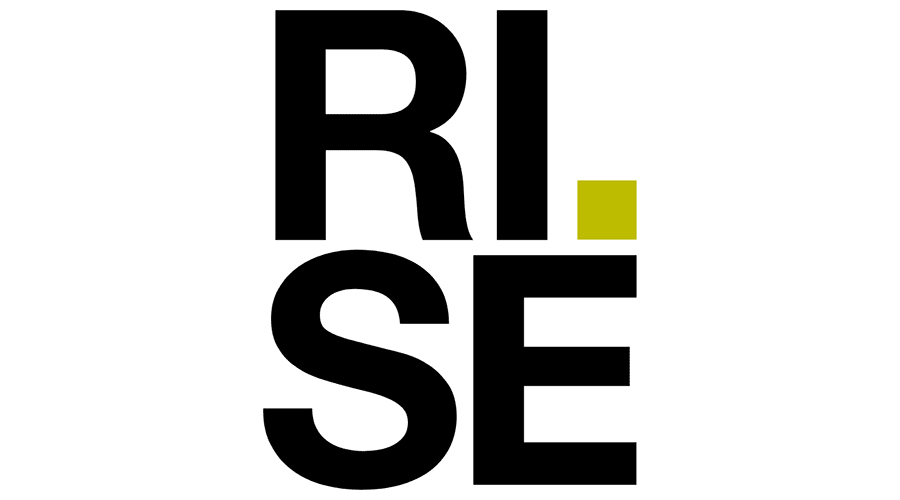Universities and Research Institutions

Calling Trondheim a city built upon students, science and research is no understatement.
Every year, 40 000 students fill the city, bringing joy and spectacle to everyday life. And for a city «only» consisting of approximately 200 000 inhabitants, the students make up a good chunk of the city's total population.
Today, Trondheim hosts as many as 3 500 international students, from over 100 different countries.
Trondheim is not only home to tens of thousands of bright students – world leading researchers have their base there as well. As many as 5 000 researchers and scientists work in Trondheim, making the researcher density in Trondheim is about 6 times higher than the European average.
Many of the researchers work for NTNU. Most notably, May-Britt and Edvard Moser – the brain researchers who won the Nobel Prize in Physiology or Medicine in 2014.
In addition to the Moser research community, world leading in unraveling the secrets of the brain, NTNU's nano tech research community is also widely acknowledged as among the best in the world.
The research community in Trondheim is quite international, perfectly exemplified by SINTEF.
SINTEF is one of Europe's biggest research institutions, employing 2 000 people – the vast majority being researchers. SINTEF is an independent research organization, cooperating closely with both NTNU and the industry – justifying the label as a bridge between the University and the industry. In their workforce 75 different nationalities are represented, making it one of Trondheims most diverse workplaces.
So if you consider coming here from abroad to study or work on your research, rest assured: You won't be the only one.
Universities in Trondheim
-
![]() NTNUNorway's largest university, with 42 000 students and 9 000 employees. Science and technology is big, but it is at the same time a comprehensive university: humanities, social sciences, economics, medicine, health sciences, educational science, architecture, entrepreneurship, art disciplines and artistic activities
NTNUNorway's largest university, with 42 000 students and 9 000 employees. Science and technology is big, but it is at the same time a comprehensive university: humanities, social sciences, economics, medicine, health sciences, educational science, architecture, entrepreneurship, art disciplines and artistic activities -
![]() BI Norwegian Business SchoolAbout 2 000 students. BI offers a wide range of economic and business related courses – such as Business administration, International management, and Real estate, law, and economics.
BI Norwegian Business SchoolAbout 2 000 students. BI offers a wide range of economic and business related courses – such as Business administration, International management, and Real estate, law, and economics. -
![]() Nord UniversityFocus on blue and green growth, innovation/entrepreneurship, welfare, health and education. Nord University Stjørdal hosts studies within traffic and transport, as well as part-time studies within health care and pharmacy.
Nord UniversityFocus on blue and green growth, innovation/entrepreneurship, welfare, health and education. Nord University Stjørdal hosts studies within traffic and transport, as well as part-time studies within health care and pharmacy. -
![]() Queen Maud University CollegeAnother time-honored institution in Trondheim with 1600 students. Educates early childhood education teachers. Aims to ensure children's needs and rights, and make children's perspective in the society visible
Queen Maud University CollegeAnother time-honored institution in Trondheim with 1600 students. Educates early childhood education teachers. Aims to ensure children's needs and rights, and make children's perspective in the society visible
Research in Trondheim
-
![]() SINTEFSINTEF is one of Europe's biggest research institutions, employing 2 000 people – the vast majority being researchers. SINTEF is an independent research organization, cooperating closely with both NTNU and the industry
SINTEFSINTEF is one of Europe's biggest research institutions, employing 2 000 people – the vast majority being researchers. SINTEF is an independent research organization, cooperating closely with both NTNU and the industry -
![]() NTNU researchA great place to study – a great place to work on your research. In addition to its 42 000 students (in total), NTNU also employs 12 000 people – many of whom work as researchers. The pool of researchers
NTNU researchA great place to study – a great place to work on your research. In addition to its 42 000 students (in total), NTNU also employs 12 000 people – many of whom work as researchers. The pool of researchers -
![]() NINA – The Norwegian Institute of Nature ResearchThe Norwegian Institute of Nature Research has its headquarters located in Trondheim, and plays an important role in taking care of our nature – and help reaching the UN sustainability goals.
NINA – The Norwegian Institute of Nature ResearchThe Norwegian Institute of Nature Research has its headquarters located in Trondheim, and plays an important role in taking care of our nature – and help reaching the UN sustainability goals. -
![]() RISERISE is an independent, State-owned research institute, with a total of 2 800 employees. Offering expertise and over 100 testbeds and demonstration environments for future-proof technologies, products and services
RISERISE is an independent, State-owned research institute, with a total of 2 800 employees. Offering expertise and over 100 testbeds and demonstration environments for future-proof technologies, products and services






